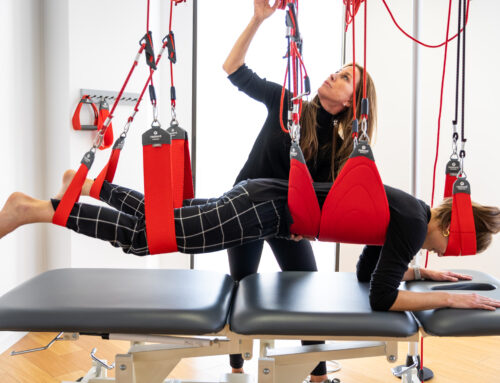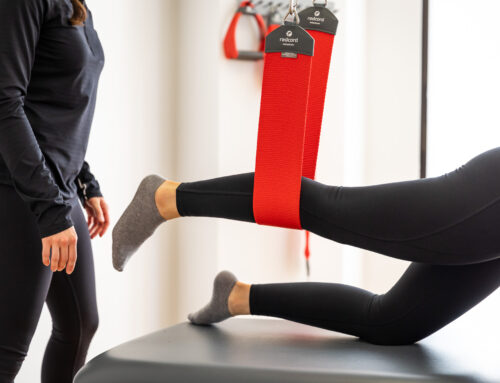Purpose: This study compared the effects of sling exercises with and without vibration on the muscular activity of the internal oblique (IO), rectus abdominis (RA), multifidus (MF), and erector spinae (ES) muscles of healthy adults.
Methods: Eleven healthy university students (11 men) with a mean age of 22.8 years were enrolledin this study. Subjects performed supine and prone bridge exercises with the knees flexed using a sling suspension system with and without vibration. The amplitudes of the EMG activities of selected trunk muscles (internal oblique, rectus abdominis, erector spinae, multifidus) were recorded. Two types of exercise conditions were executed in a random sequence for 5 seconds each. The signals detected from the middle 3 seconds (after discarding the signals of the first and the last one seconds) were used in the analysis. A 3-minute break was given after each exercise to minimize muscle fatigue.
Results: During the supine bridge exercise with vibration, the activities of the IO, RA, MF, and ES muscles were significantly higher than those of the supine
r than those of the prone bridge exercise without vibration.
Conclusion: Sling exercises with vibration improved the trunk muscle activities of healthy adults compared to the sling exercises without vibration. The information presented here is important for clinicians who use lumbar stabilization exercises as an evaluation tool or a rehabilitation exercise.
Key words: Sling exercise, Vibration, Trunk muscle





